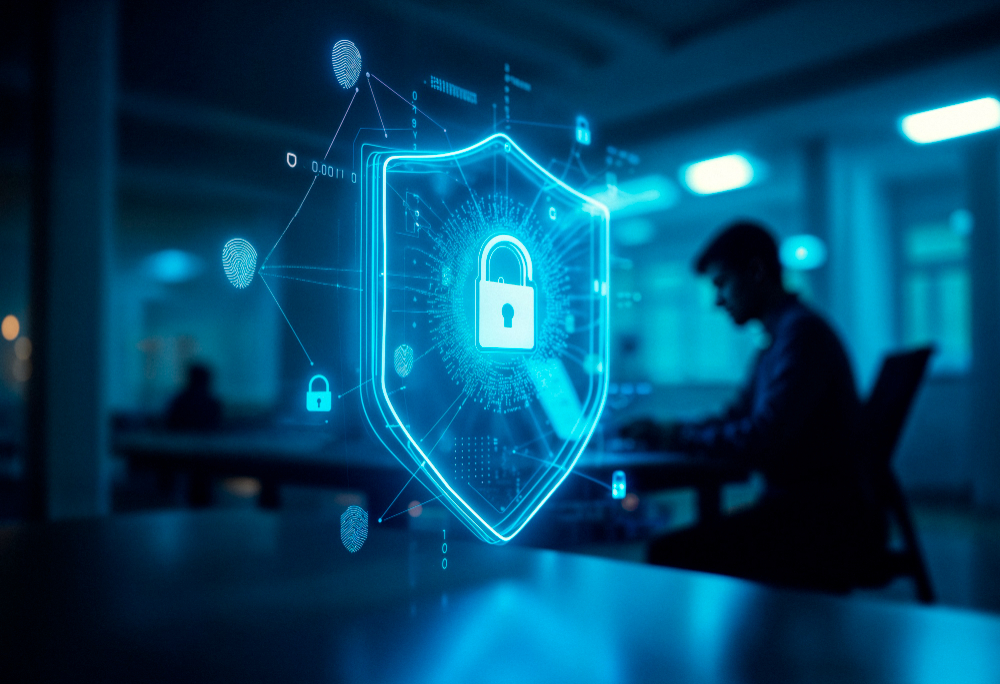Mastering Cybersecurity: The Rising Relevance of XDR

Strong 8k brings an ultra-HD IPTV experience to your living room and your pocket.
In today’s digital-first era, where threats evolve faster than defenses, organizations face a pressing challenge—how to protect their IT environments against increasingly advanced cyberattacks. The rise of Extended Detection and Response (XDR) marks a significant shift in how businesses approach security operations, bridging the gaps that legacy tools can no longer cover.
This article draws from the insightful SEQRITE-ETCISO webinar, “How to Turbocharge Your Cyber Response Team with XDR”, where cybersecurity expert Mr. Sourav Biswas outlined how XDR addresses modern security complexities with intelligence, speed, and precision. Read the original post here.
The Unfolding Threat of Advanced Attacks
Cybercriminals today are smarter, stealthier, and more persistent than ever before. Advanced attacks—ranging from fileless malware and phishing to credential theft—are engineered to bypass conventional defenses, dwell undetected within networks, and cause long-term damage. These attacks unfold in stages, often blending into normal user behavior, making them hard to detect with traditional security tools.
Pre-COVID, the frequency of such attacks was already concerning. But post-pandemic, with the explosion of remote work and digital transformation, the rate of advanced attacks has almost doubled annually. Global threat research, including insights from SEQRITE’s own Security Labs, paints a stark picture: attackers are capitalizing on expanded attack surfaces and underprepared security teams.
Accelerated Digital Adoption: A Double-Edged Sword
The shift to digital was necessary—but it came at a cost. Remote workforces, cloud-native environments, and BYOD policies accelerated agility and flexibility but also expanded vulnerabilities. This swift transformation often left security strategies lagging.
Additionally, the democratization of attack technologies, such as AI-powered exploit kits, has enabled even low-skilled hackers to execute high-level threats. As a result, traditional perimeter defenses and siloed security tools are outmatched.
Why Traditional Tools Fall Short
Legacy solutions, including standalone antivirus and firewalls, are built to stop known threats using static detection rules. But advanced threats evolve—changing their methods, mimicking legitimate activity, and moving laterally across systems.
Traditional tools struggle to connect the dots between events that may appear harmless individually but signal an attack when viewed together. They lack contextual awareness, often generating false positives or missing multi-step threats altogether.
Enter MITRE ATT&CK: A Threat Intelligence Blueprint
To understand these advanced threats, cybersecurity teams increasingly rely on the MITRE ATT&CK framework, which maps out attacker tactics, techniques, and procedures (TTPs). It offers a structured approach to identifying patterns in adversary behavior.
XDR uses MITRE as a foundation—monitoring activity across endpoints, emails, networks, and servers. By correlating events with MITRE-based models, XDR can detect and alert teams to sophisticated attack chains in progress.
XDR: The Next-Gen Security Ally
XDR is not just another security tool—it’s an integrated, intelligent system designed to detect, analyze, and respond to threats in real-time.
Unlike traditional solutions that operate in silos, XDR brings together telemetry from multiple sources: endpoint detection and response (EDR), network traffic, email security, cloud workloads, and more. By consolidating this data, it creates a unified threat view—helping analysts respond faster and smarter.
Key features of XDR include:
- Event correlation across systems
- Real-time alerting based on threat chain
- Behavioral anomaly detection
- Contextual threat intelligence integration
These capabilities enable security teams to spot threats earlier in the kill chain and prevent lateral movement before it escalates.
Behavior-Based Detection: A Smarter Approach
Advanced threats don’t always look suspicious—until they do something out of the ordinary. That’s why behavioral anomaly detection is critical.
XDR systems establish baselines of normal behavior and flag deviations. For instance, if a user suddenly accesses confidential files at odd hours or an endpoint starts communicating with a known malicious domain, the system raises red flags.
This proactive stance helps teams investigate potential threats before damage occurs.
Enhancing Incident Response with Automation
Speed is essential when combating cyber threats. XDR empowers teams with automated response rules that execute predefined actions based on detected events. These could include isolating a compromised endpoint, blocking malicious traffic, or disabling user accounts.
Beyond immediate containment, XDR supports root cause analysis (RCA) and post-incident reporting. Security teams can trace how an attack started, what vulnerabilities were exploited, and what can be done to prevent recurrence.
This closed-loop system ensures continuous learning and resilience-building.
Is XDR Itself Secure?
Understandably, organizations may question the security of the very platform protecting them. XDR vendors like SEQRITE prioritize system integrity by employing robust agent protection, role-based access controls, and self-defense mechanisms to guard against tampering.
Deploying XDR on secure cloud infrastructures like AWS further ensures scalability, uptime, and resilience against external threats.
Why XDR Matters Now More Than Ever
The convergence of rising attack sophistication and fast-paced digitalization makes cybersecurity a business imperative. Waiting for threats to hit before acting is no longer viable.
XDR transforms the traditional reactive security model into a proactive, unified defense mechanism. It empowers organizations to outmaneuver threats by giving them the visibility, speed, and intelligence they need to stay ahead.
Final Thoughts: Futureproofing with XDR
In the race against cybercrime, Extended Detection and Response isn’t just a technological upgrade—it’s a strategic necessity. Organizations that integrate XDR into their cybersecurity fabric are better equipped to detect, respond to, and learn from attacks. More importantly, they position themselves for resilience in a world where digital threats will only grow in frequency and complexity.
Whether you're a CISO building a cyber response team or a business leader navigating digital transformation, now is the time to embrace XDR. It’s not just about securing your network—it’s about ensuring business continuity in the face of evolving threats.
Note: IndiBlogHub features both user-submitted and editorial content. We do not verify third-party contributions. Read our Disclaimer and Privacy Policyfor details.







